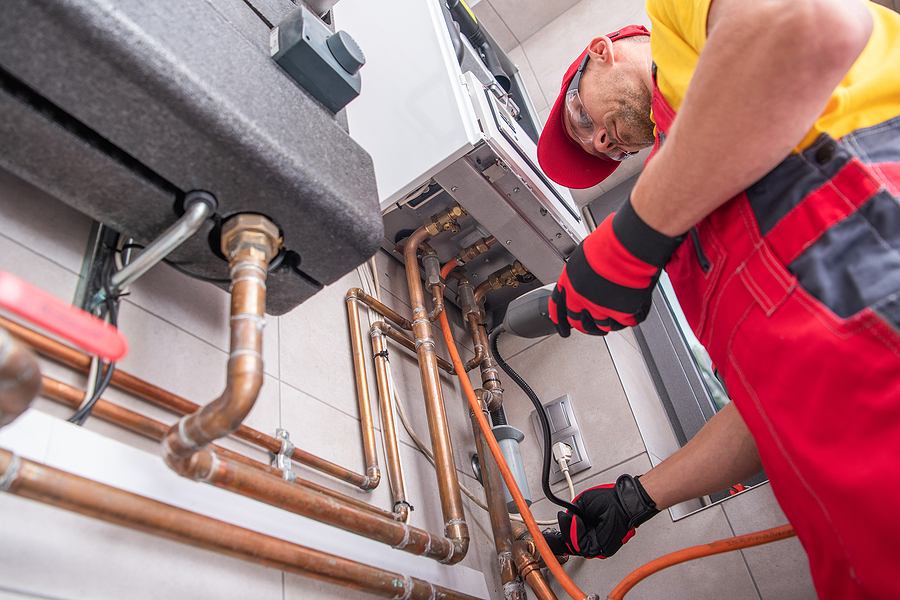Call This Monday to Get $50 OFF
Call us today
214-943-2424

Regular maintenance of your water heater is crucial to ensure its optimal performance and longevity. One essential aspect of water heater maintenance is draining the tank periodically to remove sediment buildup, which can compromise efficiency and lead to premature failure. While this task may seem daunting at first, with the right guidance, draining your water heater can be a straightforward process.
Tankless water heater installation offers homeowners a modern and efficient alternative to traditional tank-style units. Unlike bulky tanks that store hot water, tankless water heaters heat water on demand, providing a continuous hot water supply while taking up minimal space. With their compact design and energy-saving benefits, tankless water heaters are a popular choice for homeowners seeking to upgrade their hot water systems for increased convenience and cost savings.
While draining a water heater is a relatively straightforward task, some situations may require the expertise of a professional plumber or plumbing repair service. If you encounter any of the following issues, it's advisable to seek professional assistance:
Additionally, if you're unsure about any aspect of the draining process or feel uncomfortable performing the task yourself, don't hesitate to contact a reputable plumbing service like Texas Rooter for assistance.
Regular maintenance, including water heater repair, is essential for preserving the efficiency and longevity of your unit. By following the steps outlined in this guide and being mindful of safety precautions, you can effectively flush out sediment and debris from your water heater, ensuring optimal performance for years to come. If you encounter any challenges or have concerns about your water heater, don't hesitate to reach out to a qualified plumber or plumbing repair service for expert assistance.
We all know that extremely cold weather can lead to frozen and burst pipes.…
Read MoreHave you ever walked into your basement after a heavy rain and found water everywhere?…
Read MoreHave you ever been startled by a strange noise coming from your water heater? Those…
Read MoreWater isn't always as pure as it seems. Contaminants—from harmless minerals to potentially harmful chemicals—can…
Read MoreImagine you’re hosting a backyard barbecue in sunny Texas when you…
Read More